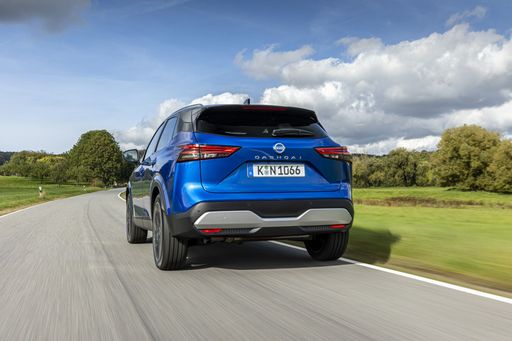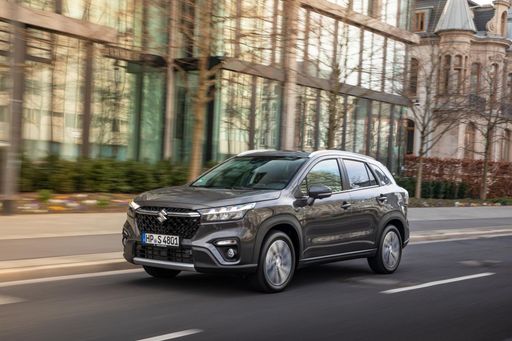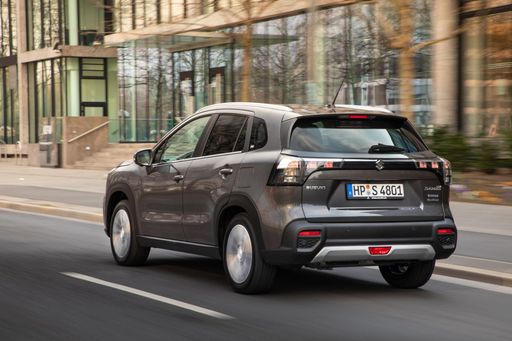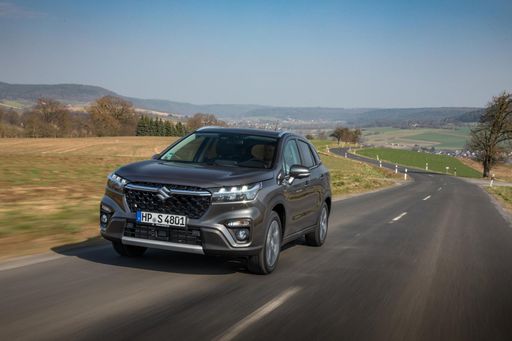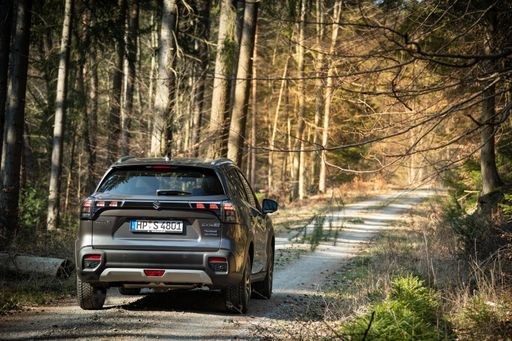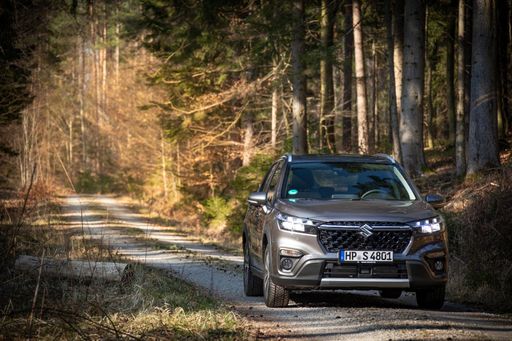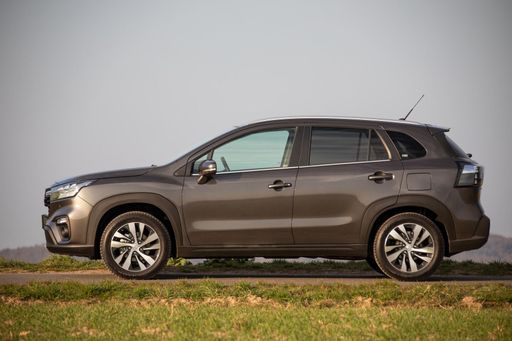Nissan Qashqai vs. Suzuki S-Cross: A Comparative Analysis
In the competitive compact SUV market, the Nissan Qashqai and Suzuki S-Cross stand out for their offerings of innovative technology, practicality, and performance. As both models move into the 2024 lineup, it's essential to delve into the key specifications and innovations that set them apart. Whether you’re an urban commuter or an adventure seeker, both vehicles attempt to strike a balance between efficiency, comfort, and style. Here’s an in-depth comparison of the two SUVs.



